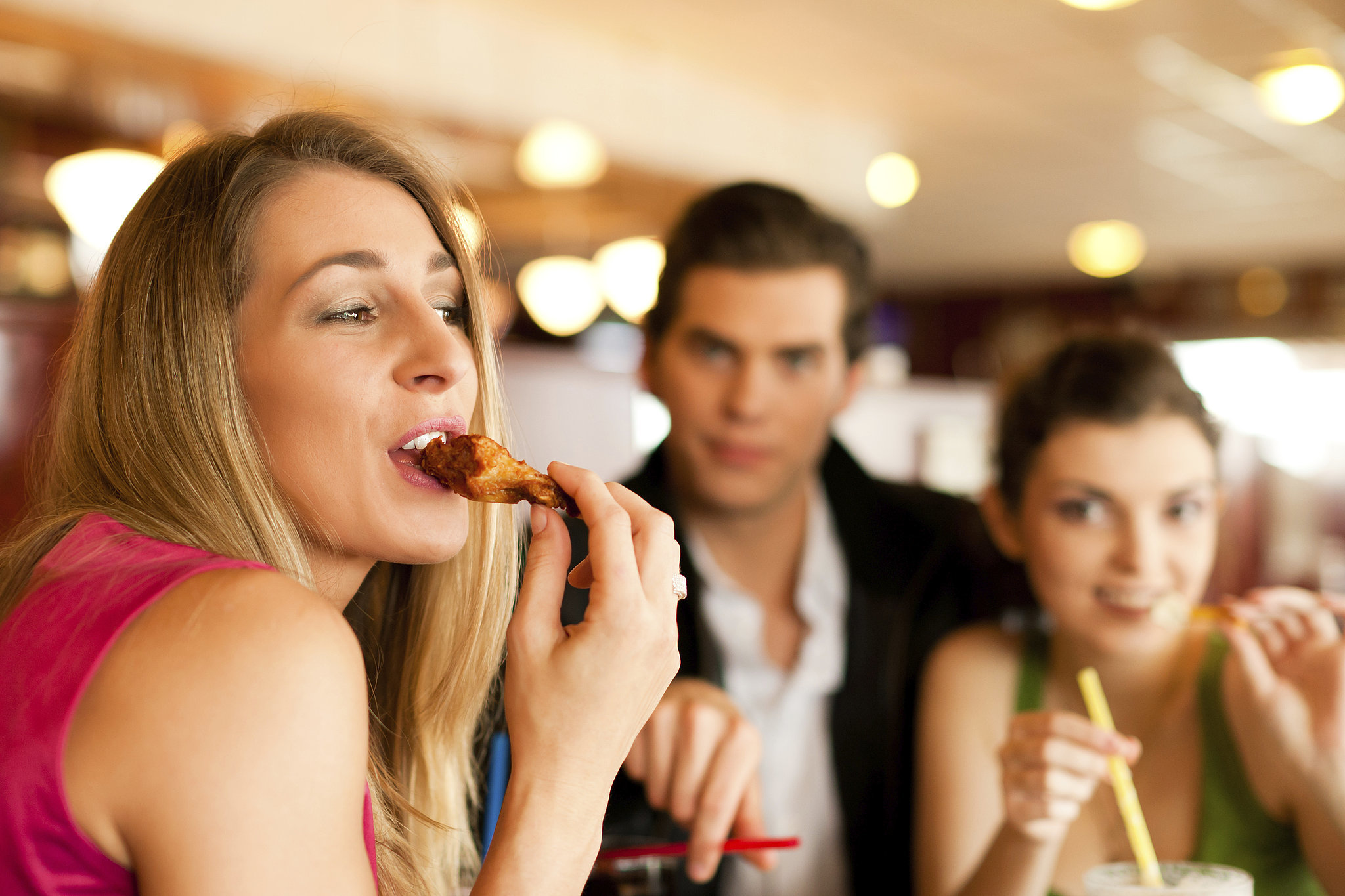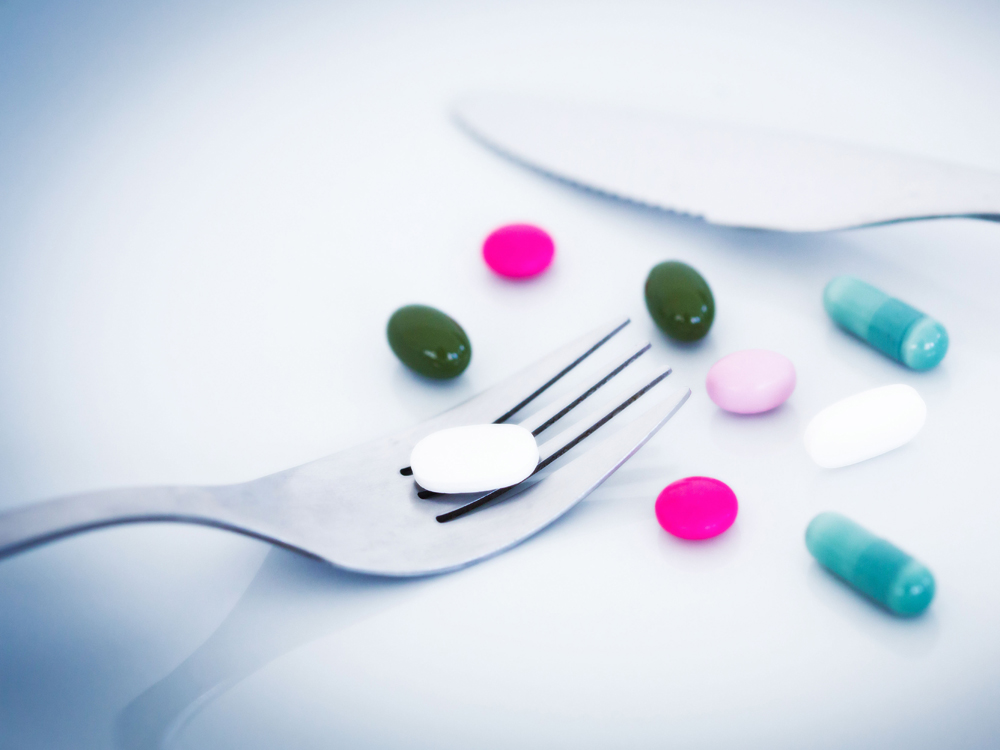There is a massive gulf between what I know about food, nutrition and exercise now, and three years ago. And evidence of this is in the photos from my wedding day.
Everyone says I look nice, but I can't get past my round face, the bat-wing fat near my armpits and the decidedly un-toned (I think that's a word) look of my arms.
I'm not a self-hater - it's just that I think I look infinitely better now (which is a nice thought to have in my 30s) than I did in those photos, and all of this is down to the right combination of exercise and nutrition.
However - disclaimer alert - I'm not a personal trainer or a nutritionist (although this knowledge has come by talking to many of them and trying their services out), so you may disagree.
We've all got something we like to get in shape for - whether it's our own wedding, a friend's wedding or more commonly - a holiday.
I hate phrases like wedding diet and bikini fit, because they imply a burst of discipline and stricture that just isn't sustainable after the event takes place. Worse, you may find that it doesn't give you the results you wanted.
So this is a short guide to what worked for me, and what has sustained.
Don't fall into the gym trap of eating what you want
This is maths you can't argue with, unfortunately, but 80% of weight loss is to do with what you eat. I was one of those women that fell into the trap of thinking going to the gym gave me carte blanche to eat what I wanted because I needed 'energy'.
Rather than creating a calorie deficit, which is necessary to lose weight, I kept plateauing and not understanding why.
If you're not losing weight, I guarantee you the answer is in your diet - I've always been in serious denial about this, but the only time I've ever managed to look better is when I've cut out the crap - so lowered the amount of alcohol, stayed off the choc and took smaller portions.
Portion sizes
Which brings us onto portion sizes. I have only figured out that I've been eating way too much over the last two years. I've gradually managed to cut them down - and here's the important bit - without feeling hungry by the end of it. I can't stand feeling hungry, which is why I'd never be able to stick to a strict diet plan.
What has changed though is that when I get up for a snack or something to eat, I do this (really silly but effective) thing where I check in with my tummy. "Are you hungry?" I ask. And if the answer is no, then I make a tea or just have a walk around because half the time, I'm eating out of boredom.
My advice is the next time you eat, do it mindfully. After each bite check in with your tummy and soon enough, you'll reach a natural place of rest where you'll know how happy you are with what you have eaten.
Reduce your simple carbs
I tried doing a low carb diet, but when I realised this meant giving up lentils, beans and certain fruit, it just didn't feel right to me. However, I have noticed a huge difference since giving up simple carbs - so this is bread, pasta - the usual culprits.
The easiest way to do this is to stop having cereal and/or toast in the morning. Also reduce the number of bananas you have - they are handy if eaten before a run or big workout, but they have carbs and a lot of sugar, so they will cause your blood sugar to spike pretty much in a similar way to a chocolate biscuit.
The calories we get from carbs like bread and cereal converts into pure energy, unlike an avocado, or smoked salmon, which may seem higher in calories, but is actually used more effectively by your body. If you're eating a big bowl of cereal and then plonking yourself in your chair at work - where is all that energy going to go? In your fat cells, that's where.
I found it helpful to have pure protein for breakfast, some carbs (in the form of lentils) in a big salad at lunch, saving my reward for dinner. I've since swapped white rice for brown, and hardly eat toast unless I have to. My replacement for pasta/bread/rice however is quinoa, which is packed with protein and other nutrients, is wheat-free and you can buy it in a bag from the supermarket and zap in the microwave. I then add a squeeze of lemon juice, mint, peppers and cucumber.
You are what you treat
Treats are great - in fact, a brilliant feature in Women's Health this month shows how treats actually creates a more sustainable way of healthy eating.
But if you're like me, the treats creep up, so what works for me is keeping a diary of what I'm eating (when I'm in weight loss mode) or using a calorie app like MyFitnessPal and making sure I only eat out once a week because I literally have no willpower when I'm eating out.
Also a no-brainer - don't keep any chocolate or crisps in the house and bollock your partner if he brings it in.
Exercise - what to do
The general rule of thumb is a minimum of three sessions a week, all should include cardio and two should also include weights.
I tend to store fat around my tummy and under my chin, and what I found worked for me was a combination of running (outdoors if you can) and high intensity interval training. The latter is basically when you run and jump around like a mad bastard and then take a short break, and then begin it all over again. This is genius for burning through body fat and I've found it makes the biggest difference.
Weights are also imperative if you want a nice strong shape, and they help you burn fat long after you've finished.
Check in with a personal trainer
The biggest thing that stopped me from getting a personal trainer was the cost. I just couldn't really justify it on top of a gym membership.
But in the long run, paying for a personal trainer for one month actually set me up to work out on my own for a long while. I learned how to hold stances correctly so I didn't injure myself, and the shame of having to step on the scales and see whether my body fat had gone up was a good preventative.
Lastly...
I swear by the Nike Training App, which is geared towards women. It has many sequences of exercises on your phone from 15-minute focus segments to 45-minute workouts, and when I'm too lazy to go to the gym or if the weather is dire, I just put it on and work out at home. It's also great if you travel for work loads.









